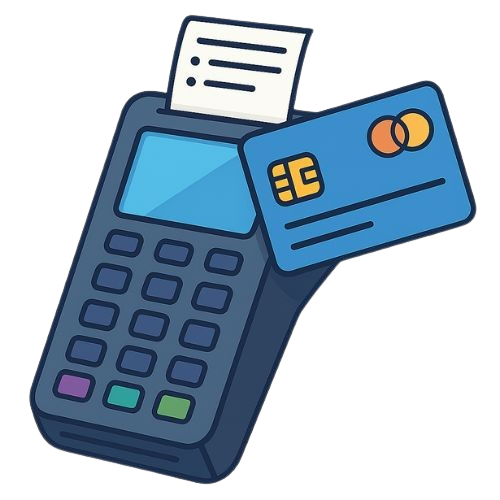Features That Matter in a Modern Payment Gateway

A reliable payment gateway goes beyond moving funds from A to B. It must keep sensitive data under lock and key, accept the cards and wallets your customers prefer, plug into your store or back‑office tools with ease, handle high volumes without slowing down, and surface insights that help you act fast. Below, we break down the key elements you should look for when evaluating a gateway for your online store or service.
Security at Every Step
Encryption and Tokenization
Sensitive card data should be encrypted the moment a customer enters it and converted into tokens before it ever touches your servers. This approach stops hackers from getting raw card numbers, cutting the impact of potential breaches.
Fraud Detection Tools
A gateway with real‑time fraud screening catches suspicious orders by checking factors like IP address, device fingerprint and purchase velocity. Custom rules let you automatically hold or decline orders that trigger your thresholds, helping you reduce costly chargebacks.
Wide Payment Options
Card Networks and Wallets
Support for Visa, Mastercard, American Express and emerging schemes keeps customers from hitting checkout barriers. Adding Apple Pay, Google Pay and other token‑based wallets speeds up the process for mobile shoppers.
Contactless and Alternative Methods
Offering tap‑to‑pay terminals for in‑person sales and buy‑now‑pay‑later services online gives your customers flexible ways to pay. The more options you surface, the fewer chances they’ll drop out at checkout.
Smooth Connection Workflows
Prebuilt Plugins and Modules
Ready‑made extensions for Shopify, WooCommerce, Magento and other platforms can have your system taking payments in minutes. No need for lengthy custom code or middleman services.
Developer-Friendly APIs
A clear, well‑documented REST or GraphQL interface lets your dev team hook into ERP, CRM or custom apps with minimal fuss. For step‑by‑step guidance, check out our guide on payment gateway integration.
Speed and Uptime
Fast Transaction Times
Transactions that settle in under two seconds help keep cart abandonment low. Gateways with global data centers balance load and route approvals through the nearest hub.
Redundant Infrastructure
Look for a setup with multiple data centers, automatic failover and load balancing. Even during maintenance windows, these features keep approvals flowing without interruption.
Data Insights
Custom Reports
Interactive dashboards that let you filter by date, payment method or geography give you a clear view of performance. Export options like CSV or JSON feed directly into your BI tools for deeper analysis.
Alert Systems
Automated notifications—via email or SMS—can flag sudden spikes in declines or drops in volume. Catching anomalies early means you can troubleshoot before issues hurt revenue.
Regulatory and Standards Compliance
PCI‑DSS Service
Choose a gateway that handles PCI‑DSS assessments on your behalf. Offloading this burden shrinks your audit scope and cuts the time your finance team spends on paperwork.
Regional Requirements
Selling in Europe? Make sure the gateway supports Strong Customer Authentication as required under PSD2. For other markets, confirm it meets local rules on data storage and privacy.
Checkout Customization
Branded Pages
A white‑label checkout that reflects your site’s fonts, colors and layout keeps customers confident throughout the payment flow. Consistency builds trust, which means higher conversion rates.
Embed vs Redirect
Decide between embedding payment fields via an iframe or redirecting customers to a hosted page. Iframes let you keep shoppers on your site, while redirects handle security zones outside your infrastructure.
Picking the Right Partner
Hands‑On Testing
Open a sandbox account and run test transactions. Try refunds, voids, partial captures and declines to see how the gateway and support team respond.
Side‑by‑Side Comparison
Lay out features—security, payment types, integrations, performance, reporting and compliance—and rate each provider. Factor in pricing models, setup costs and volume discounts as you compare payment processing companies.
Choosing a gateway that ticks these boxes will let you focus on growing your business rather than wrestling with payments. With strong security, multiple payment options, fast processing, deep data insights and flexible integration, you’ll be well‑positioned to keep customers satisfied and orders moving smoothly.